First-Party Fraud: When Customers Become Fraudsters


Fraud is not always an external attack. In many cases it originates from the very customers a business is built to serve. This is the reality of first-party fraud: when someone uses their own identity, account, or payment credentials to defraud a company.
Unlike third-party fraud, which involves stolen credentials or hacked accounts (more on that later!), first-party fraud often appears legitimate until a dispute is raised. By that time, the business is left with financial losses, operational burden, and reputational harm.
What First-Party Fraud Looks Like
First-party fraud is intentional misrepresentation by a real customer. It can take the form of a bettor on DraftKings who loses money and then claims their account was hacked. It can be a shopper who buys merchandise and later files a chargeback saying the purchase was unauthorized. It can even be a borrower who applies for a loan using their true identity details, but with no intention of repayment.
The key element is intent. These are not accidents or cases of mistaken identity. They are deliberate efforts to exploit consumer protection systems for personal gain.
The Risk to Businesses
Several trends are fueling the rise of first-party fraud. Consumer protection policies, especially in payments, make it simple to dispute charges and difficult for businesses to overturn false claims. The shift to digital commerce has lowered friction at onboarding, giving more opportunities for people to abuse fast approvals and instant transactions. Economic pressure also drives more individuals to justify fraud as a way to ease financial strain.
In many industries, first-party fraud now accounts for close to half of all chargebacks. What once looked like isolated incidents has become one of the largest contributors to fraud-related losses.
The damage goes far beyond a single fraudulent refund. There are the direct financial losses, but also higher processing fees, compliance scrutiny, and the operational drain of dispute resolution. Subscription companies face the added risk of account closures and customer churn. Lenders see unpaid balances that can multiply quickly across multiple accounts.
There is also a hidden cost in the distortion of data. If first-party fraud is incorrectly categorized as third-party, it can lead teams to invest in the wrong defenses and miss other critical signals.
Building a Stronger Defense
The challenge is to fight first-party fraud without punishing legitimate customers. The most effective strategies focus on creating a trusted record that links customers to their actions. Identity verification at onboarding, human-in-the-loop verification for high-stakes transactions, and behavioral monitoring help businesses see when patterns of abuse emerge.
Customer support teams also need tools to validate claims consistently and quickly. With better data, they can distinguish between honest mistakes and deliberate fraud. Some organizations go further by educating customers on what qualifies as fraud and the consequences of abusing protections, which helps reduce the perception that fraud is risk free.
The goal is balance. Strong enough controls to deter abuse, but seamless enough that honest customers remain unaffected.
First-party fraud strikes at the heart of trust in digital commerce. If companies are too lenient, they face growing losses. If they become too strict, they risk driving away loyal customers. Leaders across financial services, retail, gaming, and lending are realizing that identity verification is no longer just about compliance. It is the foundation for every trusted interaction.
Next up: Third-party fraud.
Stay tuned for a follow-up blog this week, where we will look at the more familiar threat of external bad actors using stolen credentials, how those attacks are evolving, and what businesses can do to stay ahead.


























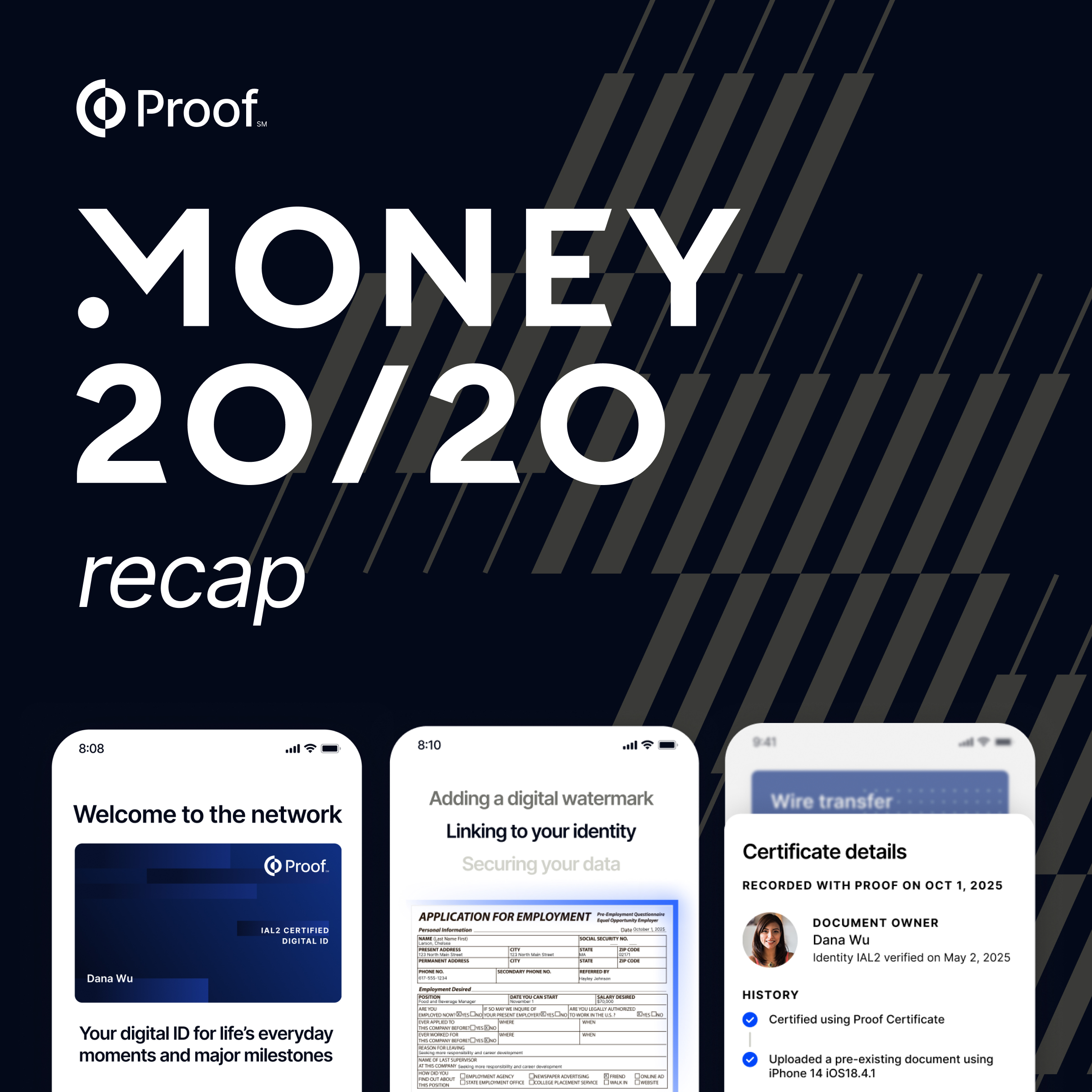






.png)


.jpg)
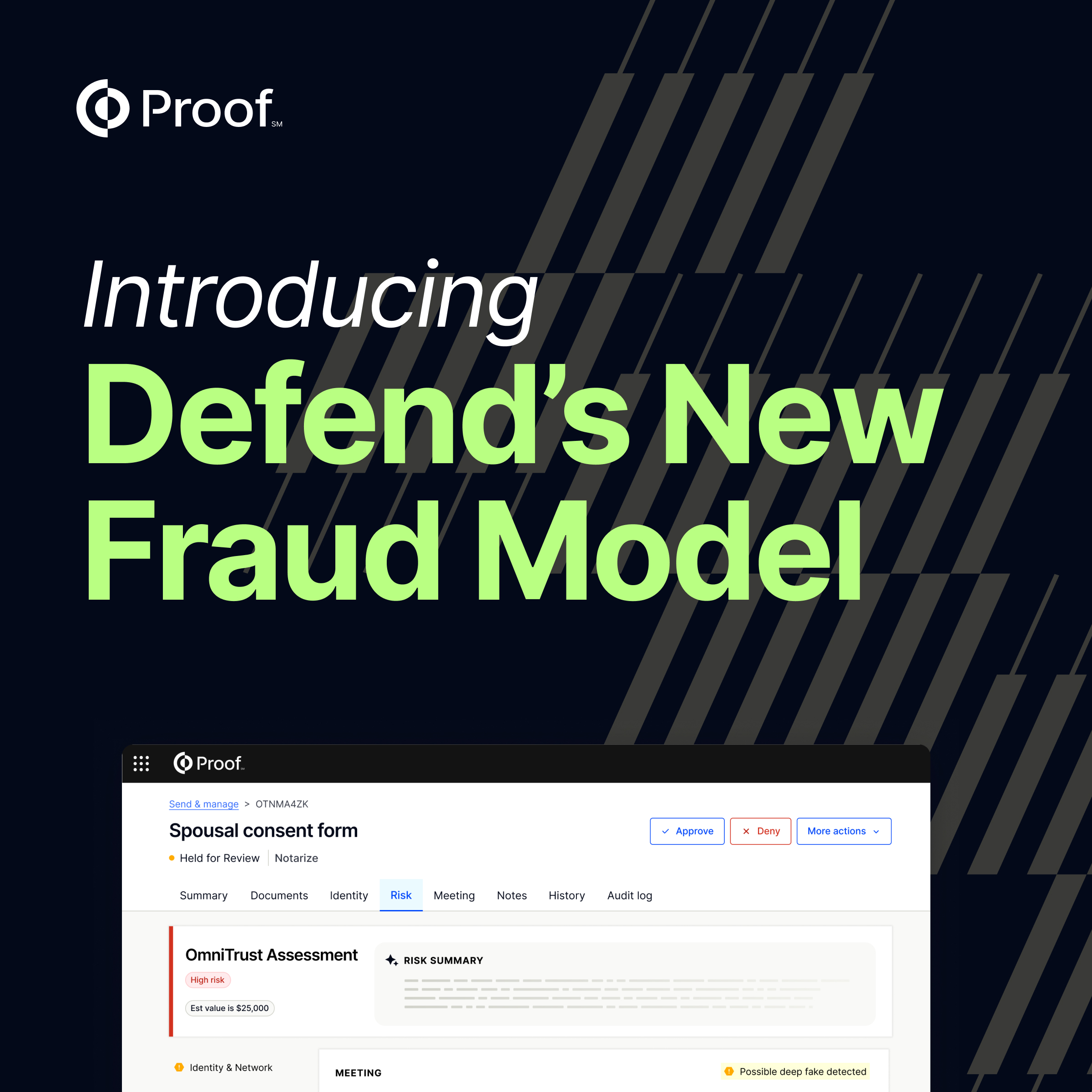


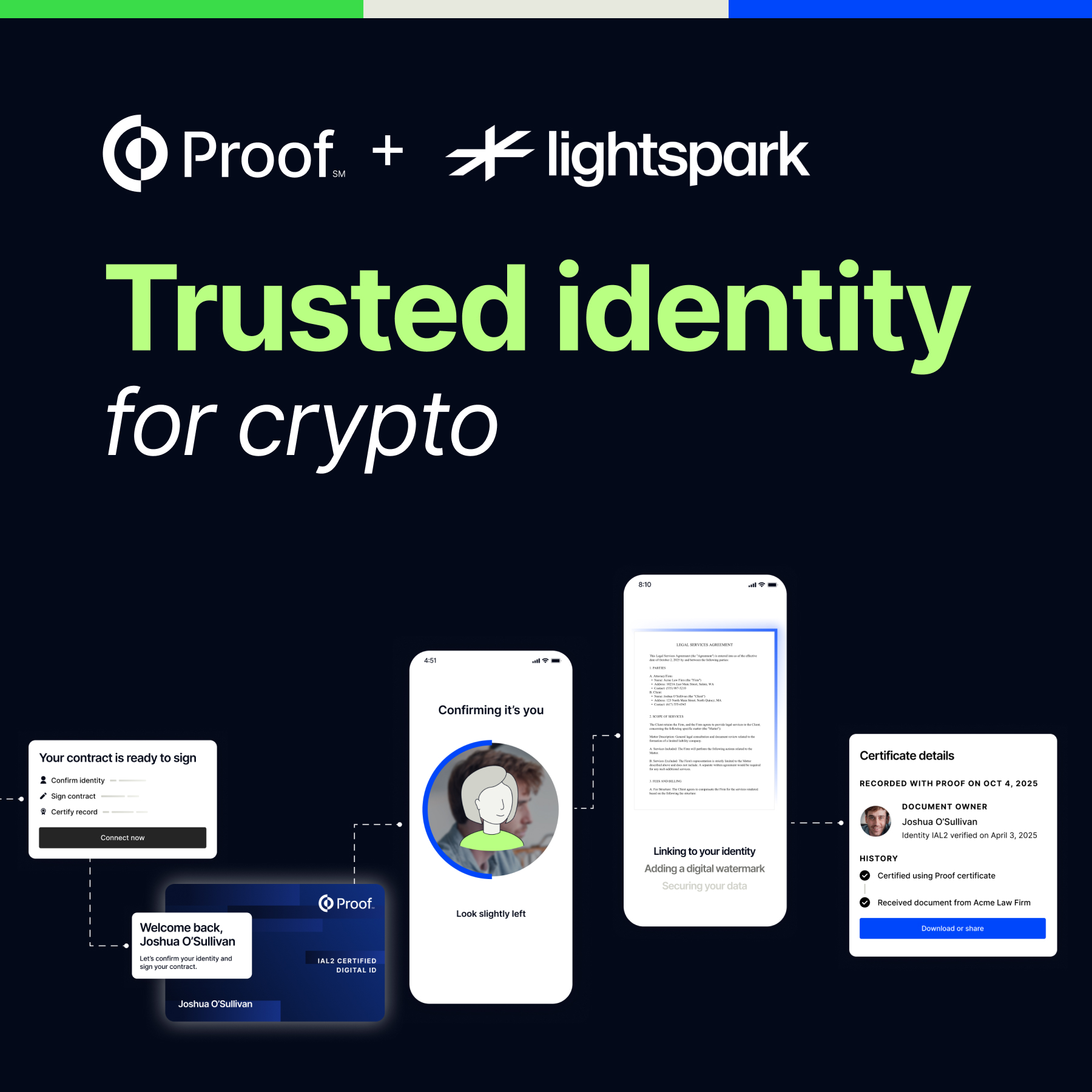





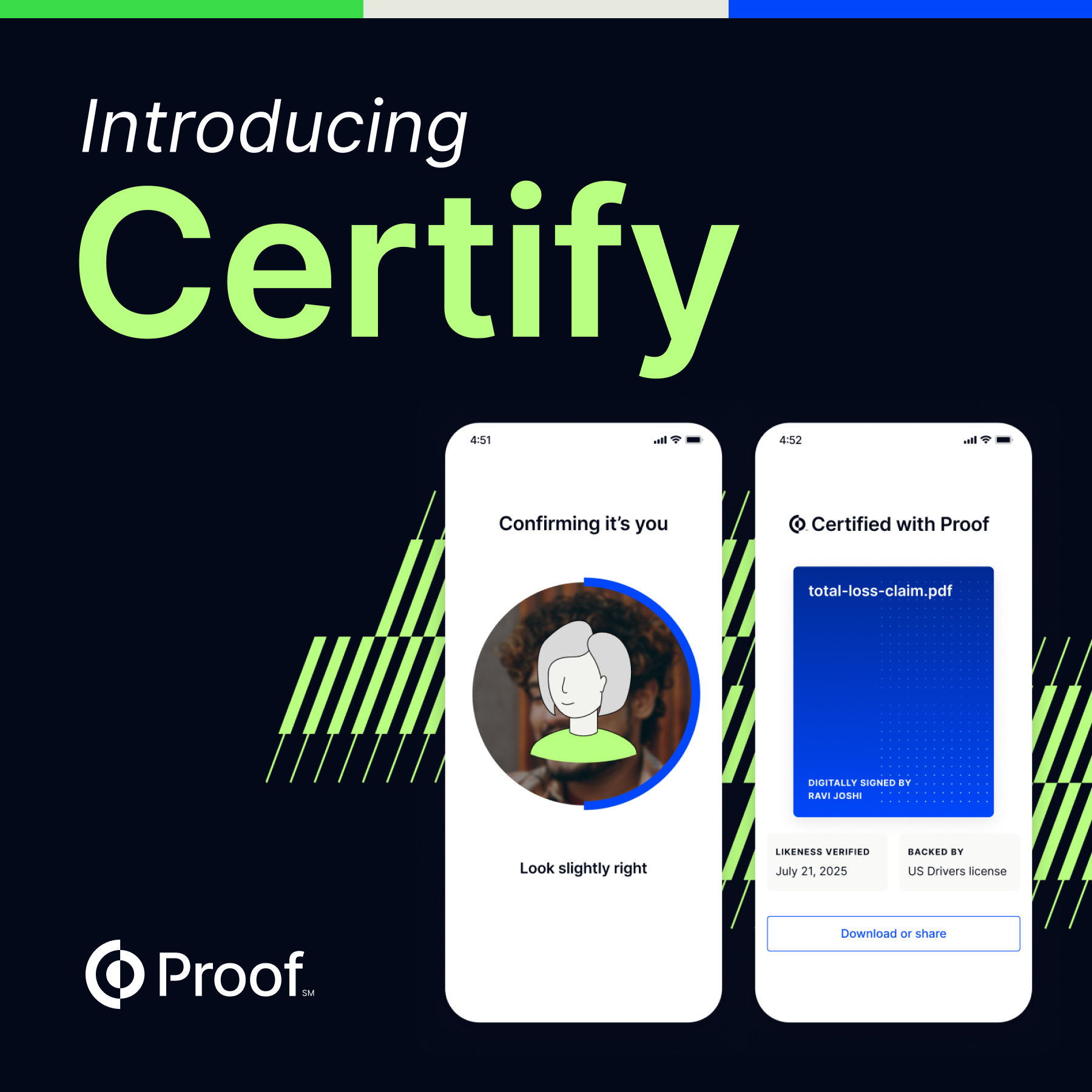


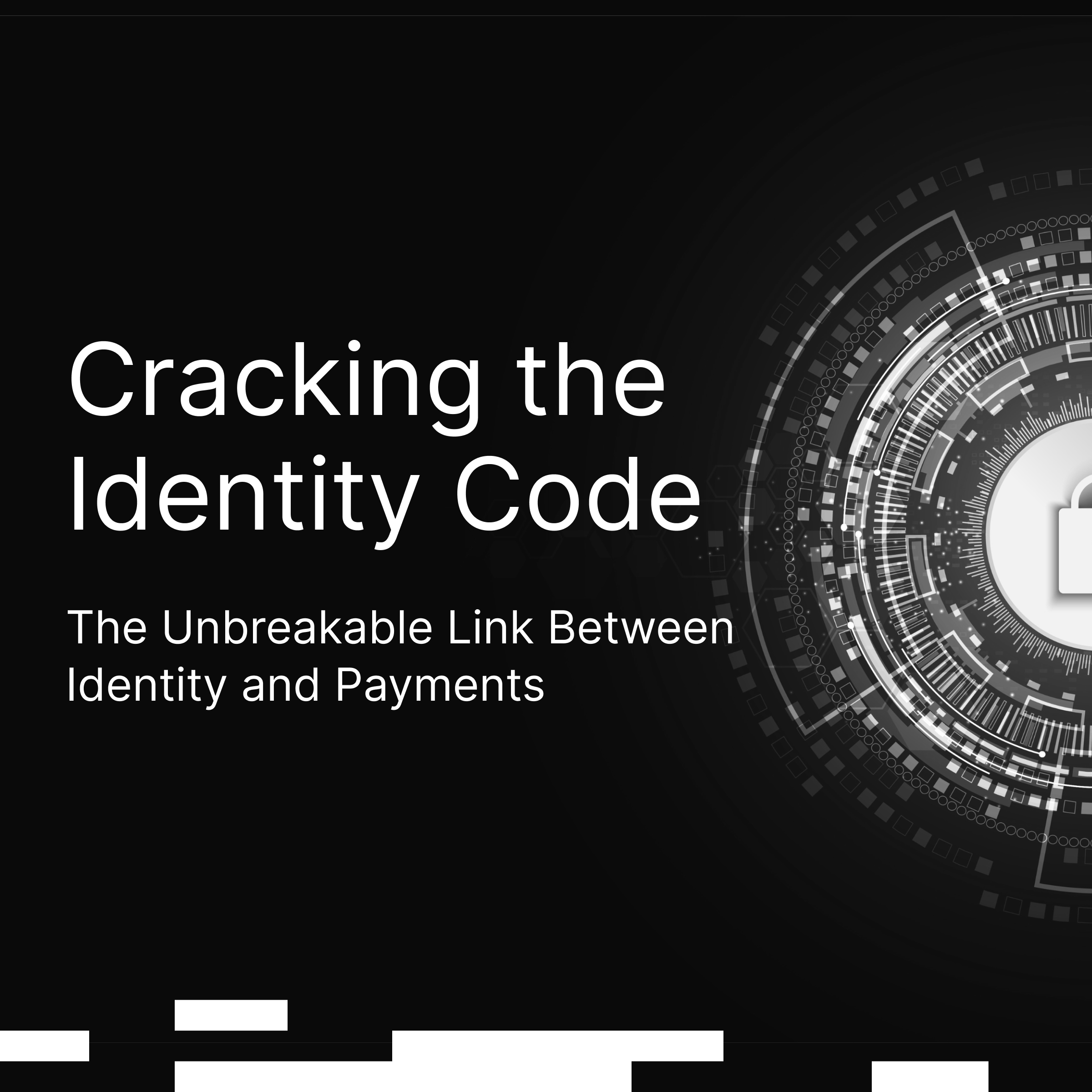




























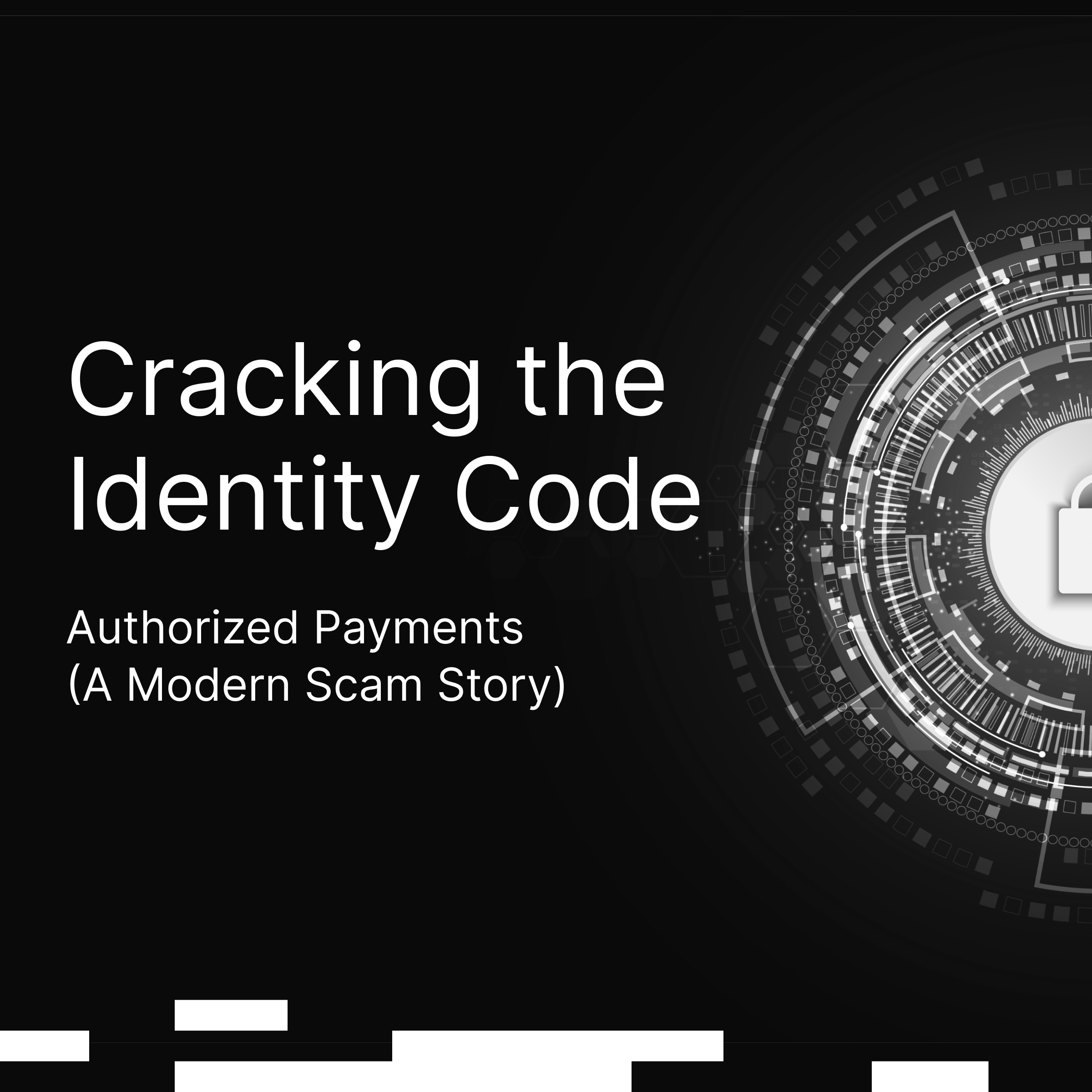








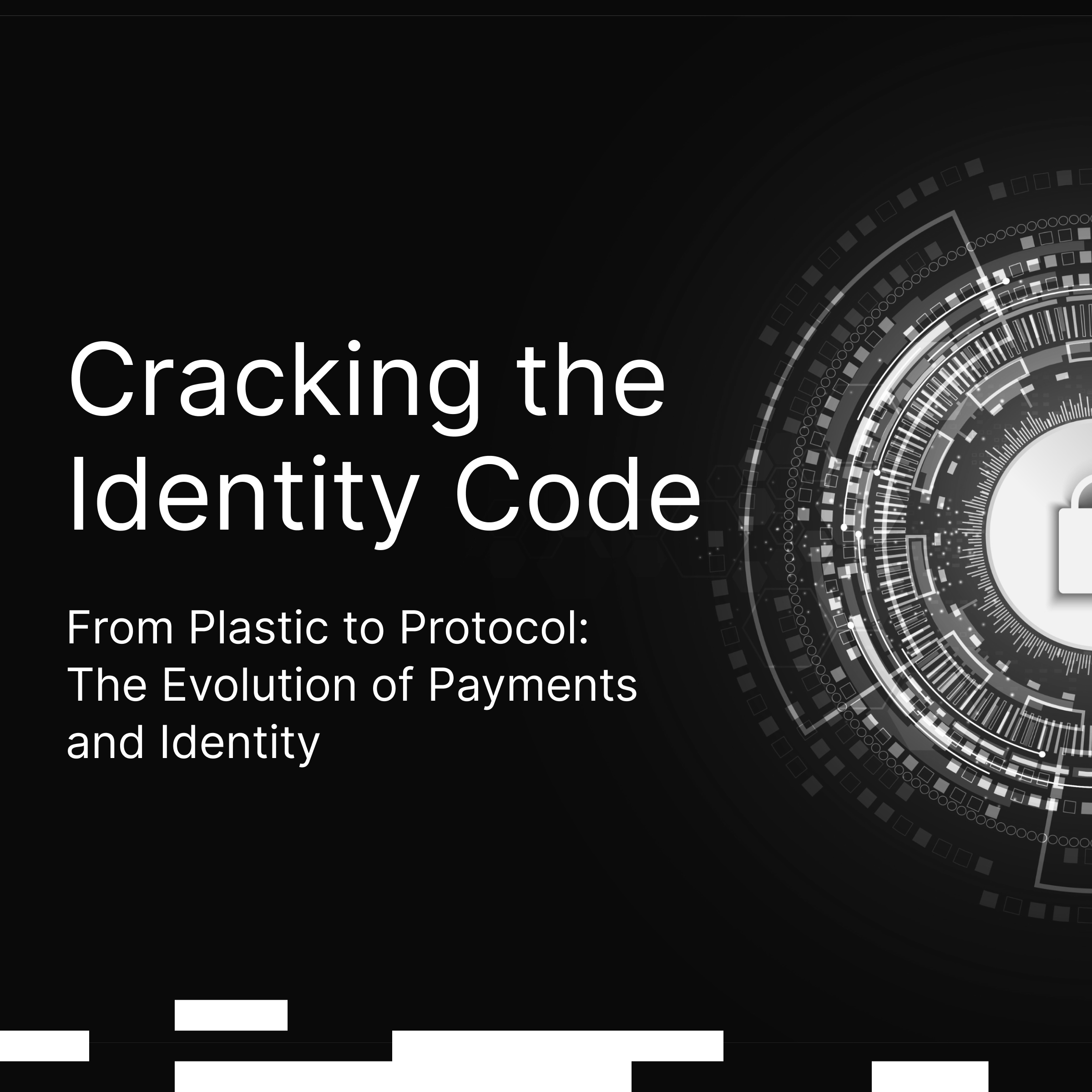

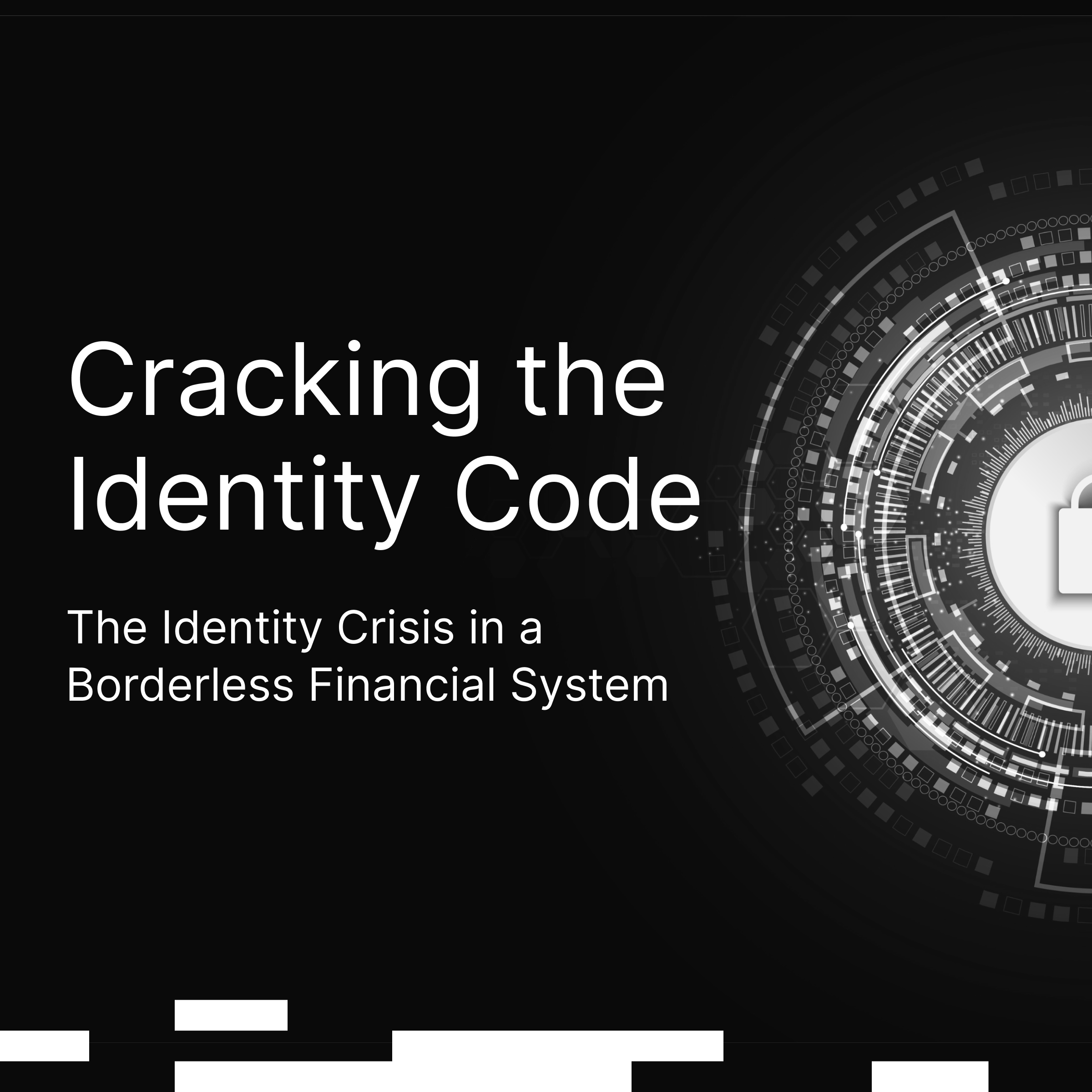








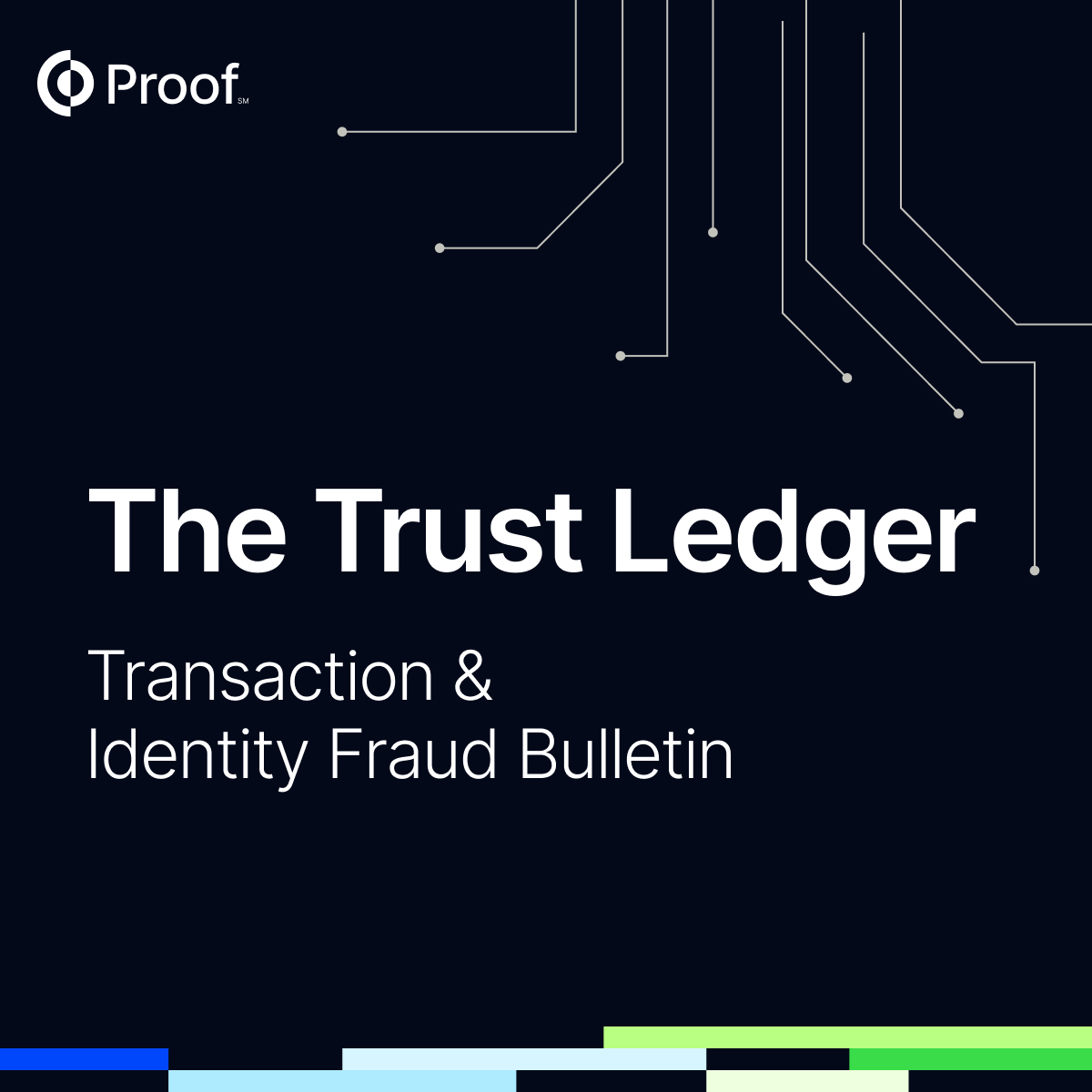







































.jpg)